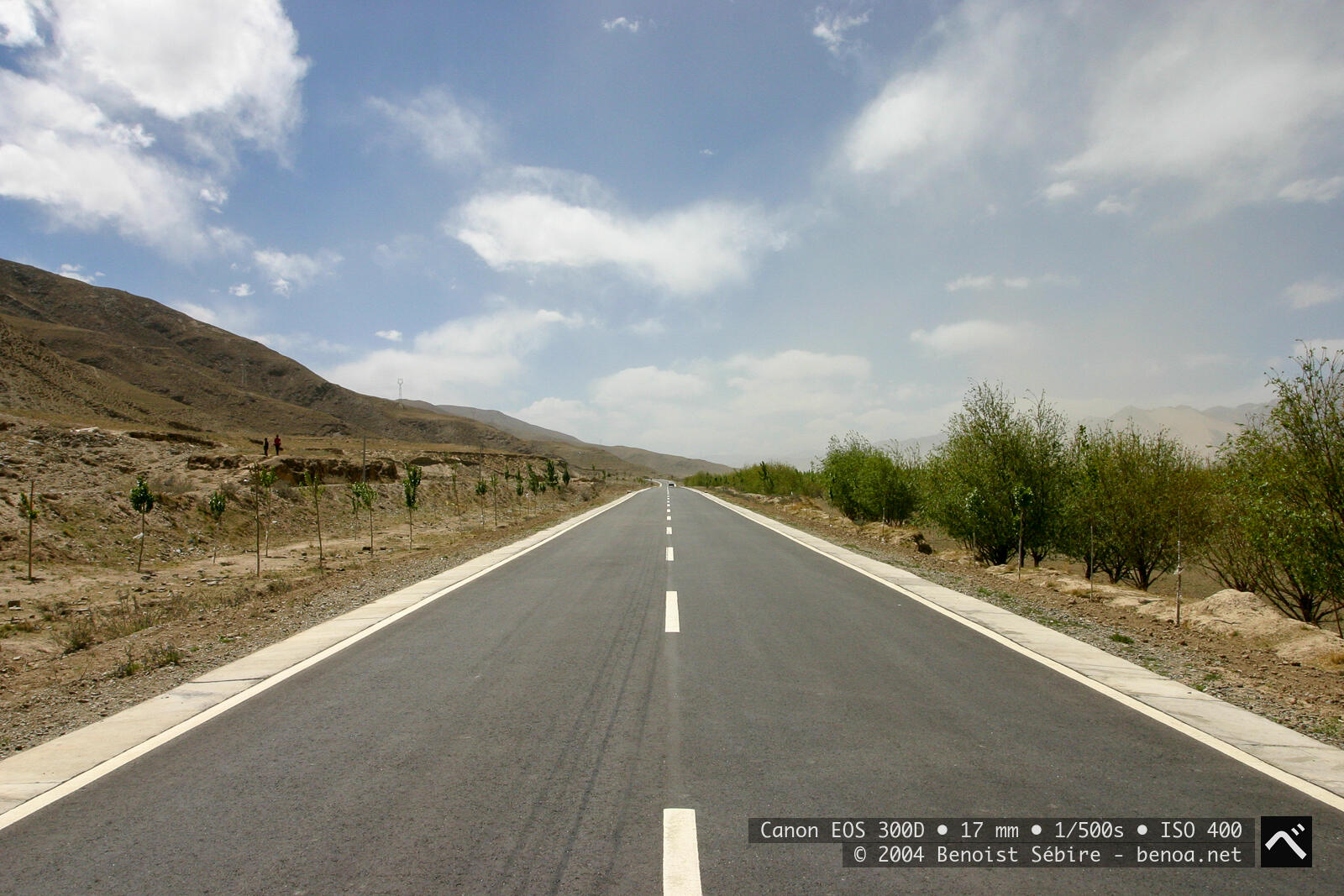Kamba La Pass

The ride to Kamba La Pass is as thrilling as it is breathtaking—literally. As the vehicle winds its way up the steep, twisting road, the air grows noticeably thinner, and the effects of high altitude begin to set in. At 4,794 metres (15,728 feet) above sea level, altitude sickness is a real concern, especially for those who haven’t had time to acclimatise in Lhasa. Symptoms like dizziness, headaches, nausea, and shortness of breath can creep in, turning an otherwise spectacular journey into an exhausting one. Most tour buses and private vehicles come equipped with oxygen bottles, ready for anyone struggling with the sudden drop in oxygen levels. Some travellers take precautionary measures like drinking plenty of water, avoiding alcohol, or even using altitude sickness medication before the ascent.
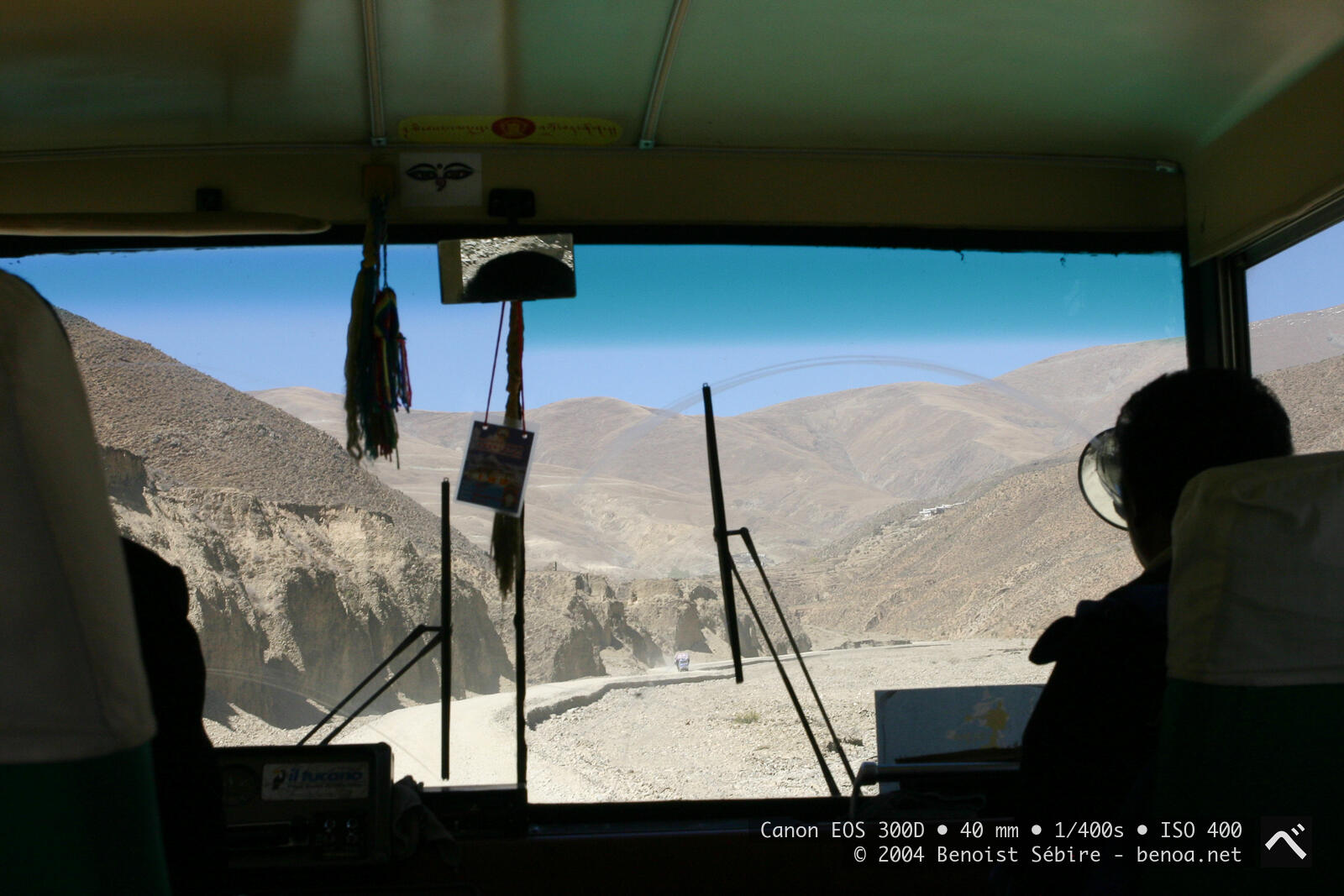
The journey begins in Lhasa, where the road gradually ascends through the vast Tibetan plateau. Leaving behind the bustling city, the landscape transforms into a rugged expanse of rolling hills, scattered settlements, and winding roads. The air grows thinner as the altitude increases, and the journey becomes a test of both endurance and awe. With every turn, the anticipation builds, knowing that one of Tibet’s most breathtaking sights lies ahead.
As the vehicle climbs toward Kamba La Pass, the road snakes through steep inclines and hairpin bends, cutting through barren mountains that seem untouched by time. The higher you go, the more dramatic the views become—snow-dusted peaks of the Himalayas in the far distance, fluttering prayer flags lining the cliffs, and the ever-present wind whispering through the valleys. The final stretch to the summit is exhilarating, the last few curves revealing the vastness of the land beyond.
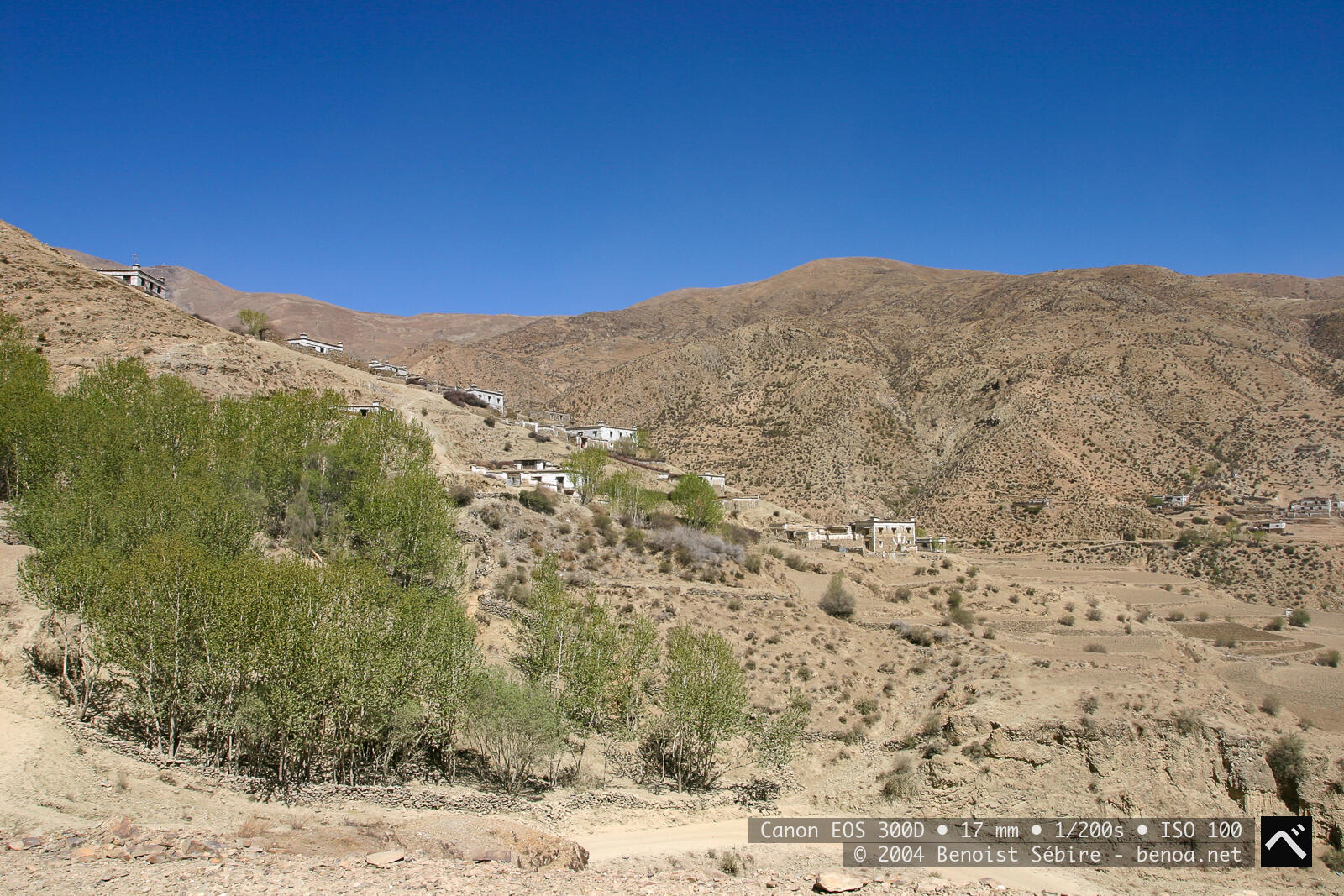
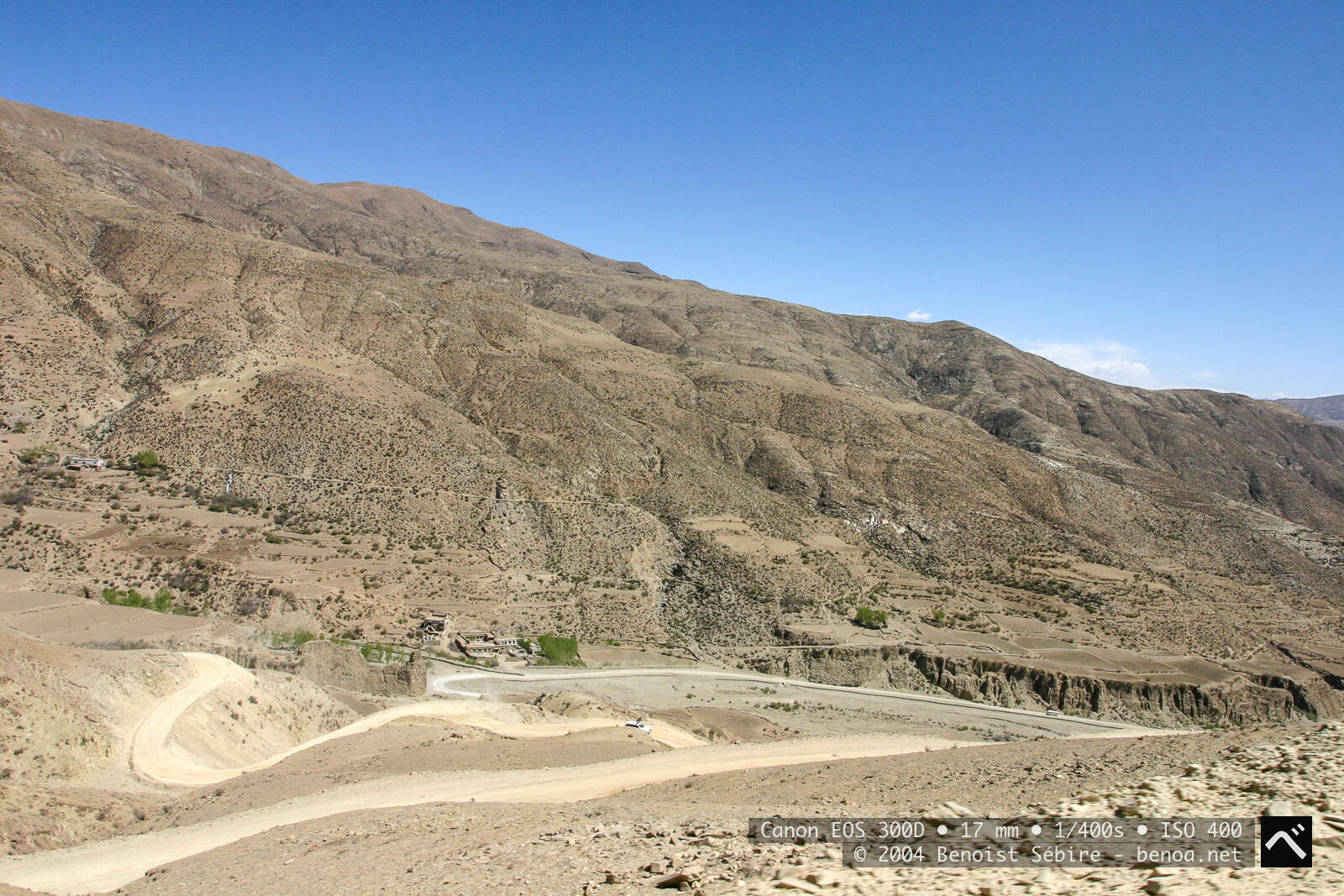
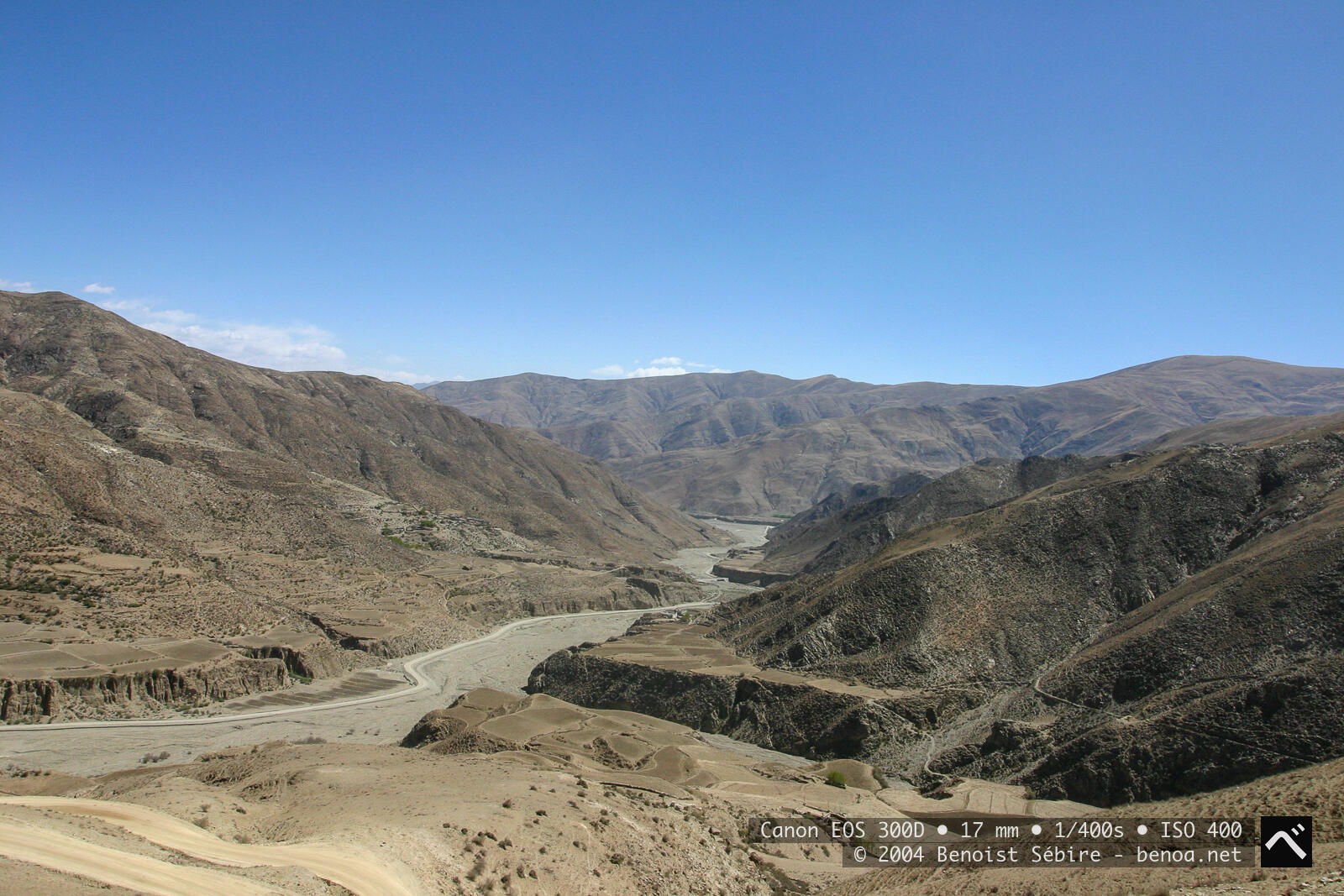
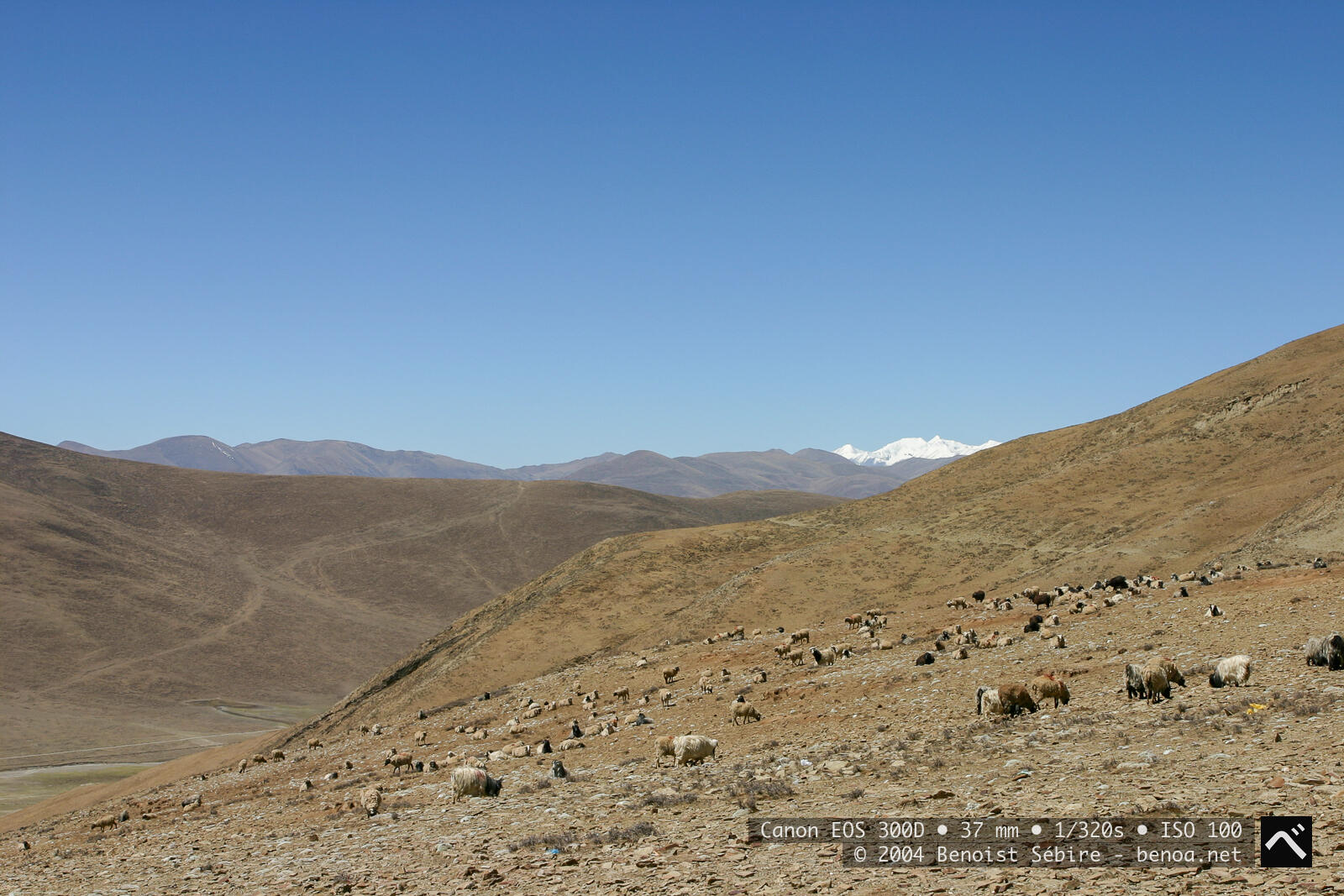
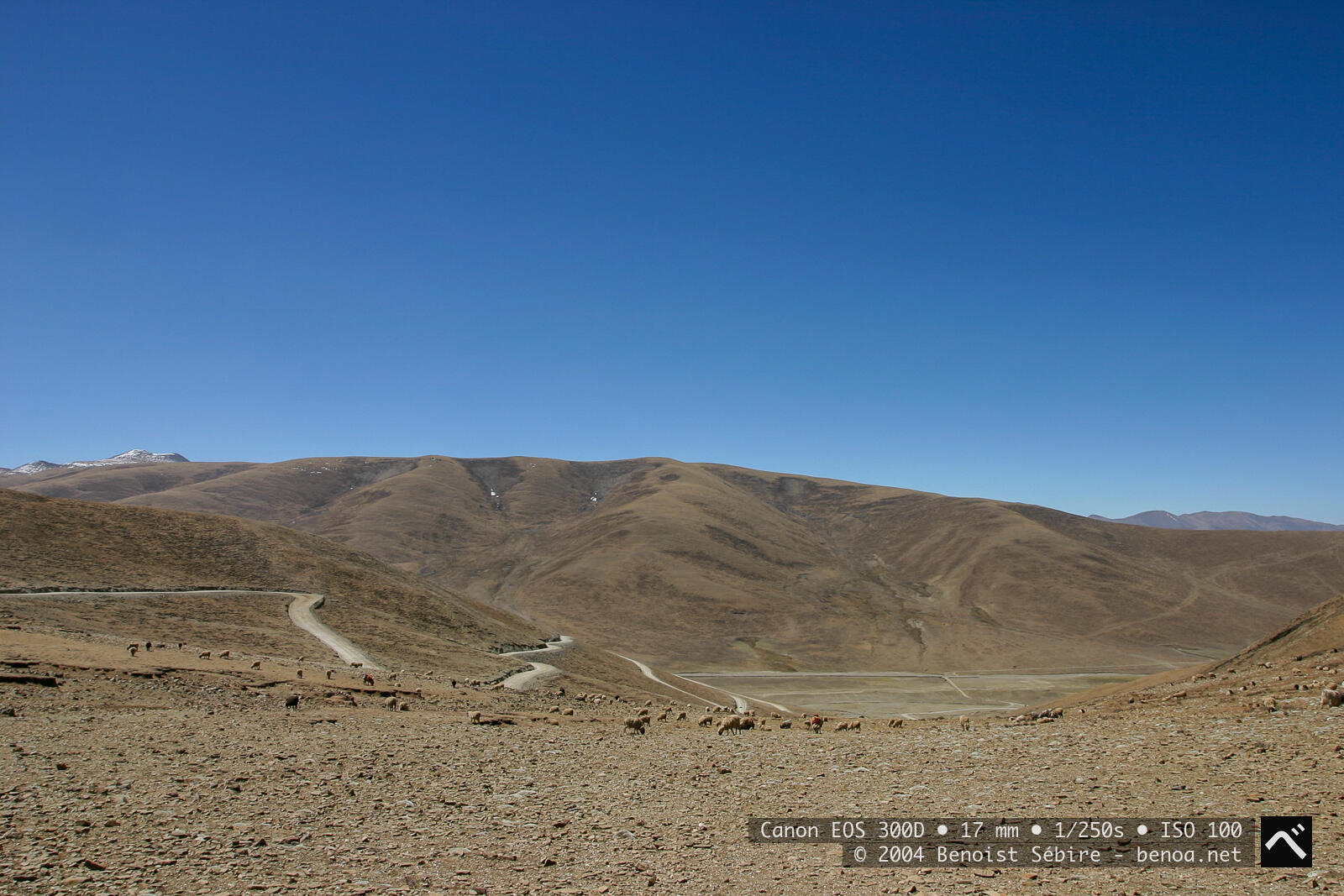
At the summit, the sharp, freezing wind is a stark reminder of the altitude. Passengers stepping out to take photos often find themselves catching their breath after just a few steps. The area is dotted with colourful prayer flags, their flapping sound blending with the whistling wind. Locals set up small roadside stalls, offering everything from Tibetan scarves to the chance to take a photo with a yak draped in bright decorations. Many travellers pause here to soak in the moment, using the provided oxygen if needed before the descent begins.
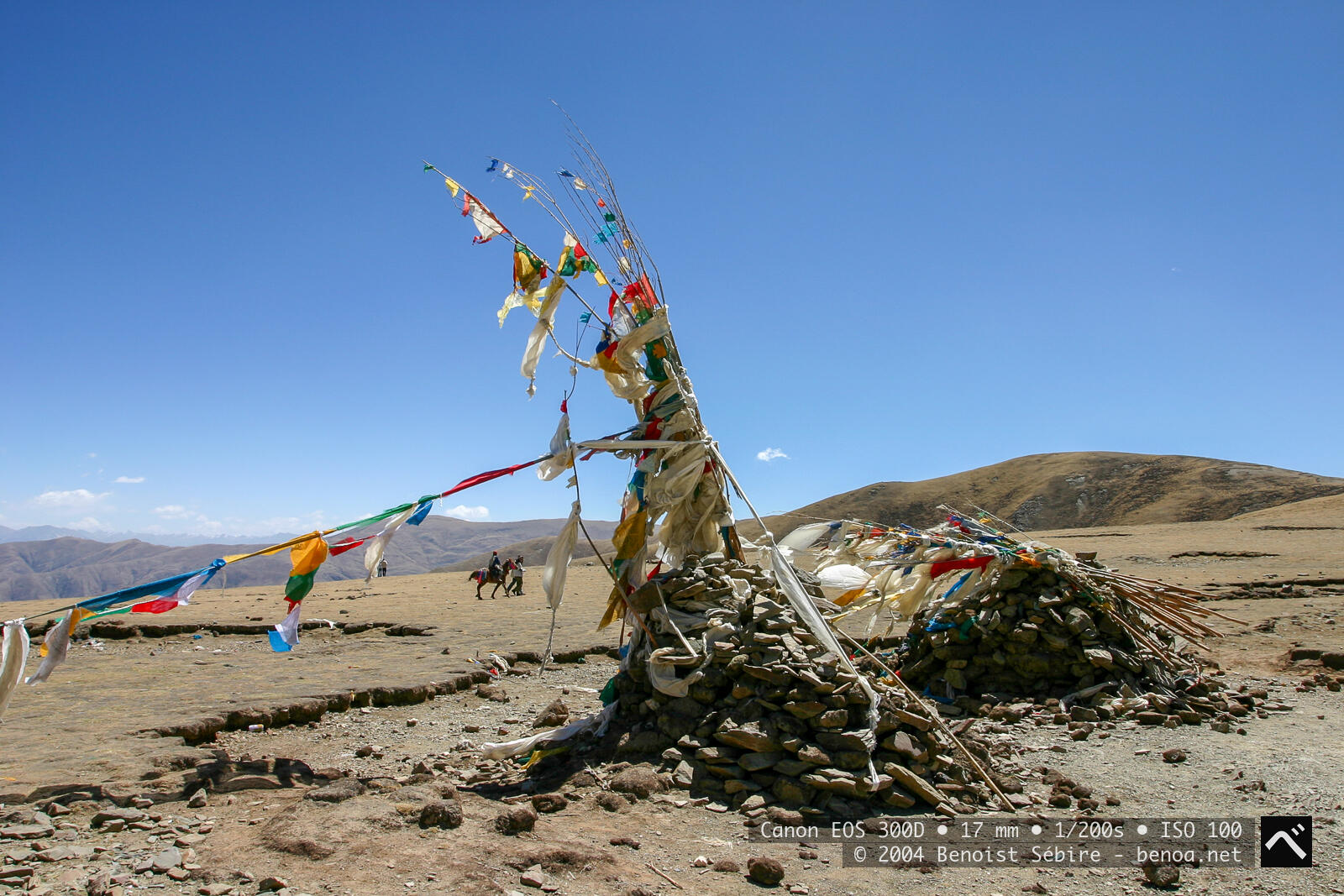
In Tibetan culture, leaving items such as prayer flags, khatas (ceremonial scarves) at sacred or high-altitude places is a deeply symbolic act. These offerings are expressions of faith, gratitude, and spiritual connection, meant to honor the deities, spirits, and natural forces believed to inhabit these powerful landscapes. In some cases, travelers leave behind small personal belongings—such as old shoes, beads, bracelets, or even small rocks they carried during their trek. This act symbolizes the completion of a journey, the shedding of past burdens, or an offering to the spirits of the mountains. Shoes, in particular, are sometimes left at the top of mountain passes, marking the challenge of the ascent and the transformative experience of having reached a sacred point. This practice is deeply tied to the Tibetan Buddhist belief in impermanence and letting go—leaving something behind signifies a spiritual release, a recognition that one’s journey is never just physical, but also mental and emotional.
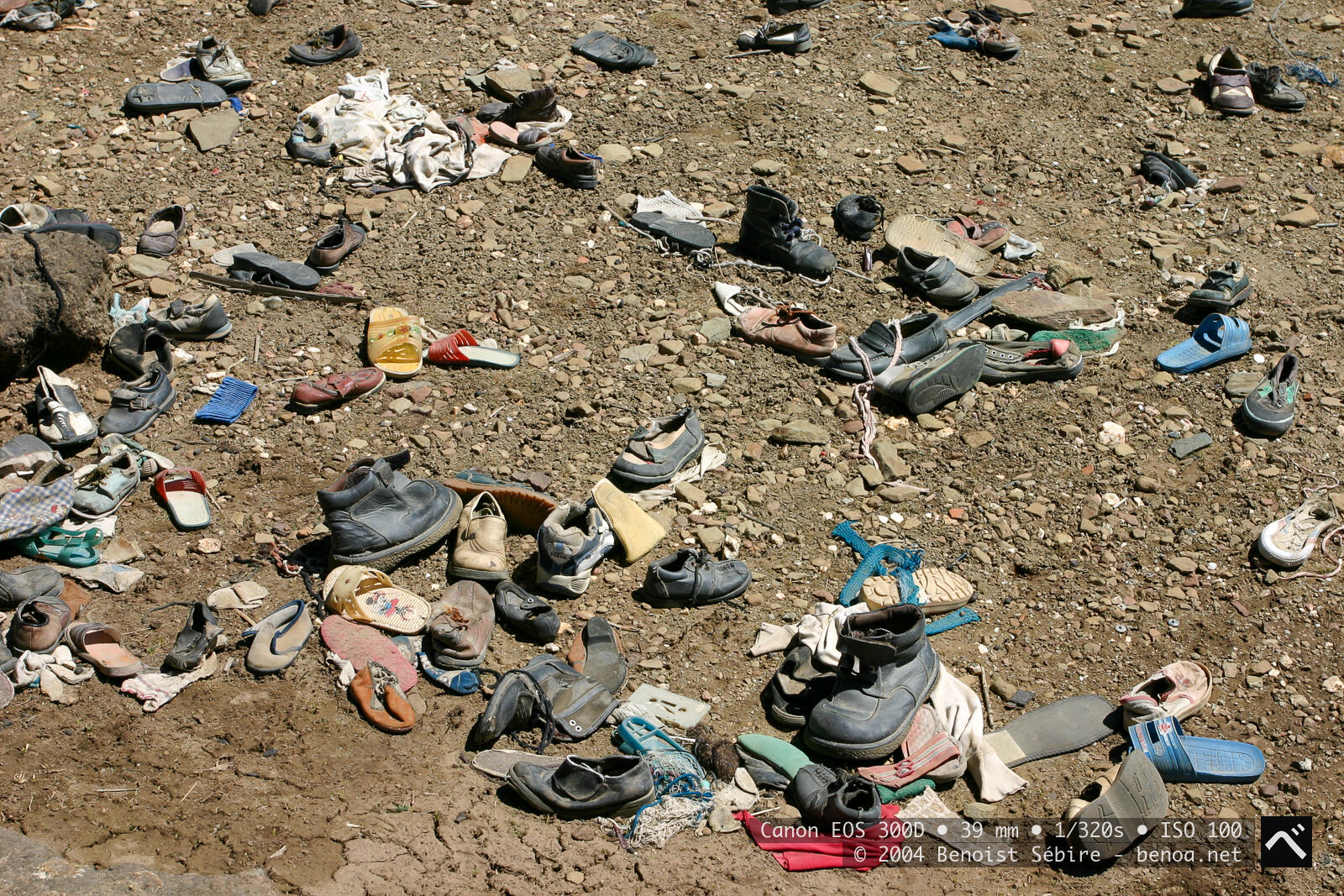
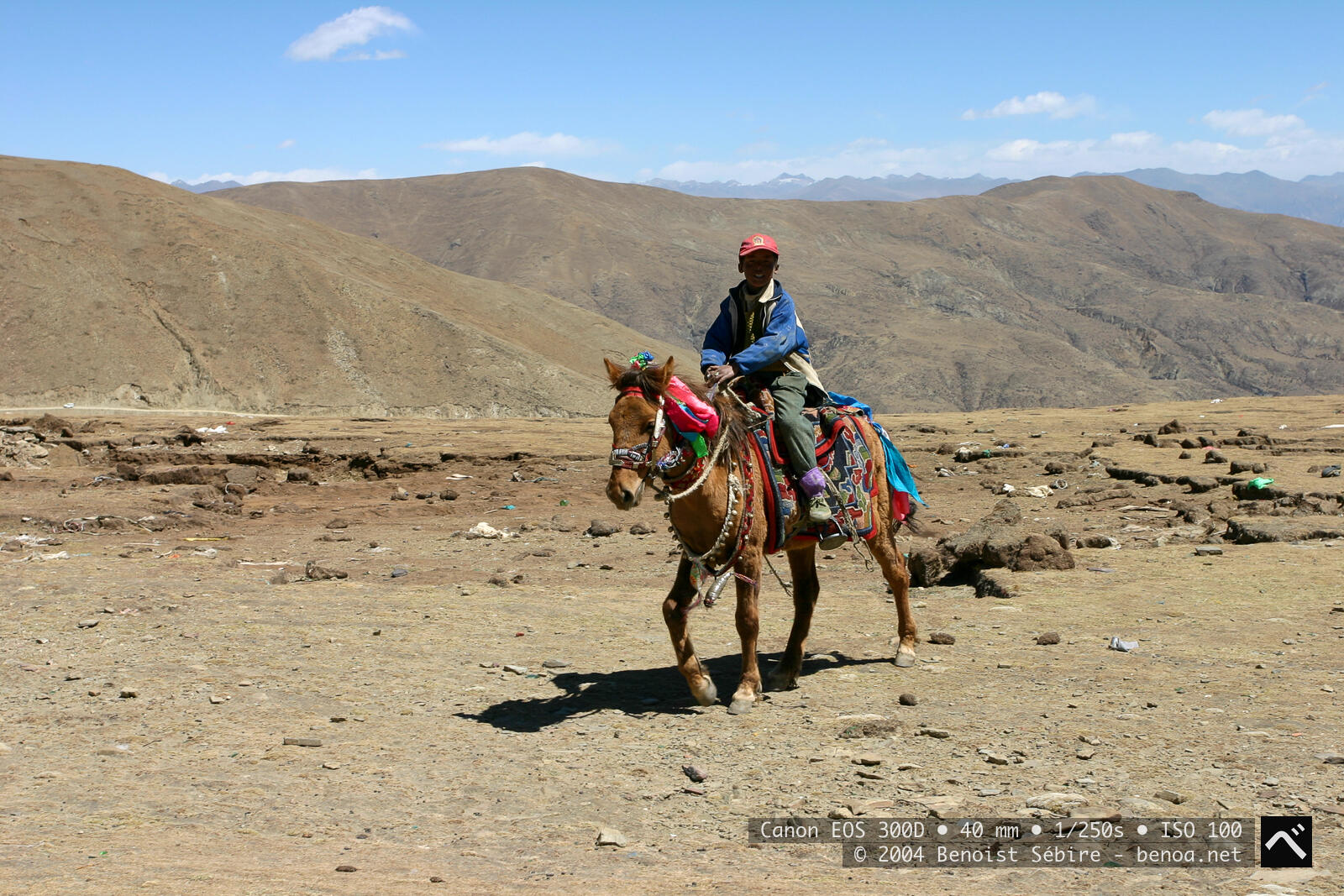
Something feels strangely out of place though. For a pass that sits at nearly 5,000 meters, there is no snow… only endless barren land stretching to the horizon. It’s an odd sight, unsettling even. In most high-altitude places, one expects the crunch of snow underfoot. But here, in the heart of the Tibetan plateau, there is nothing but wind-scoured earth and rock, a land so stark and empty it feels almost untouched by time. The soil is dry and brown, the hills bare. It’s a humbling, almost otherworldly sight—an environment so unforgiving, yet so profoundly beautiful in its vast emptiness. There’s a stillness here, a sense of being on the edge of the world, where life has surrendered to the elements, and only the sky and earth remain, locked in an eternal, silent conversation.
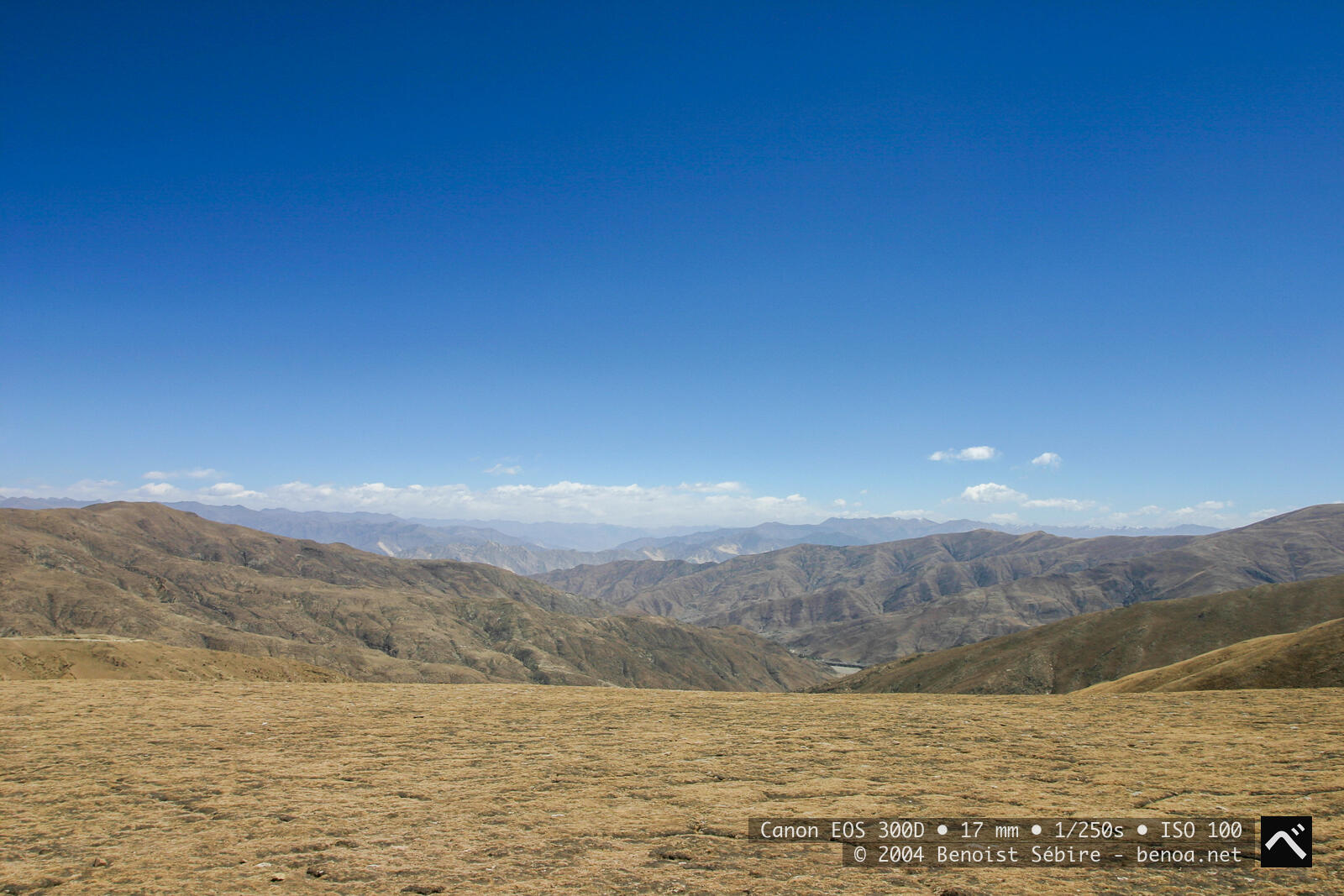
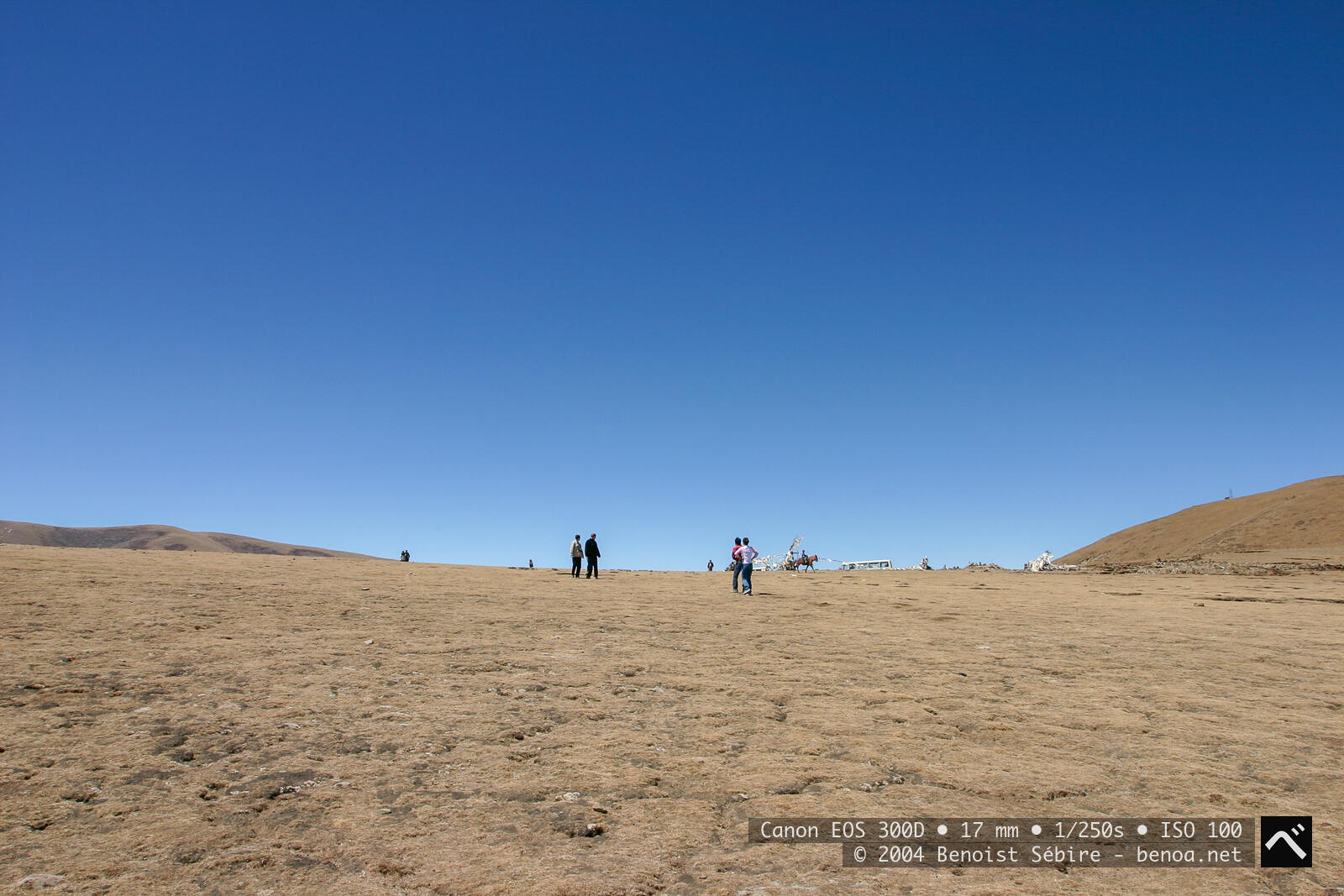
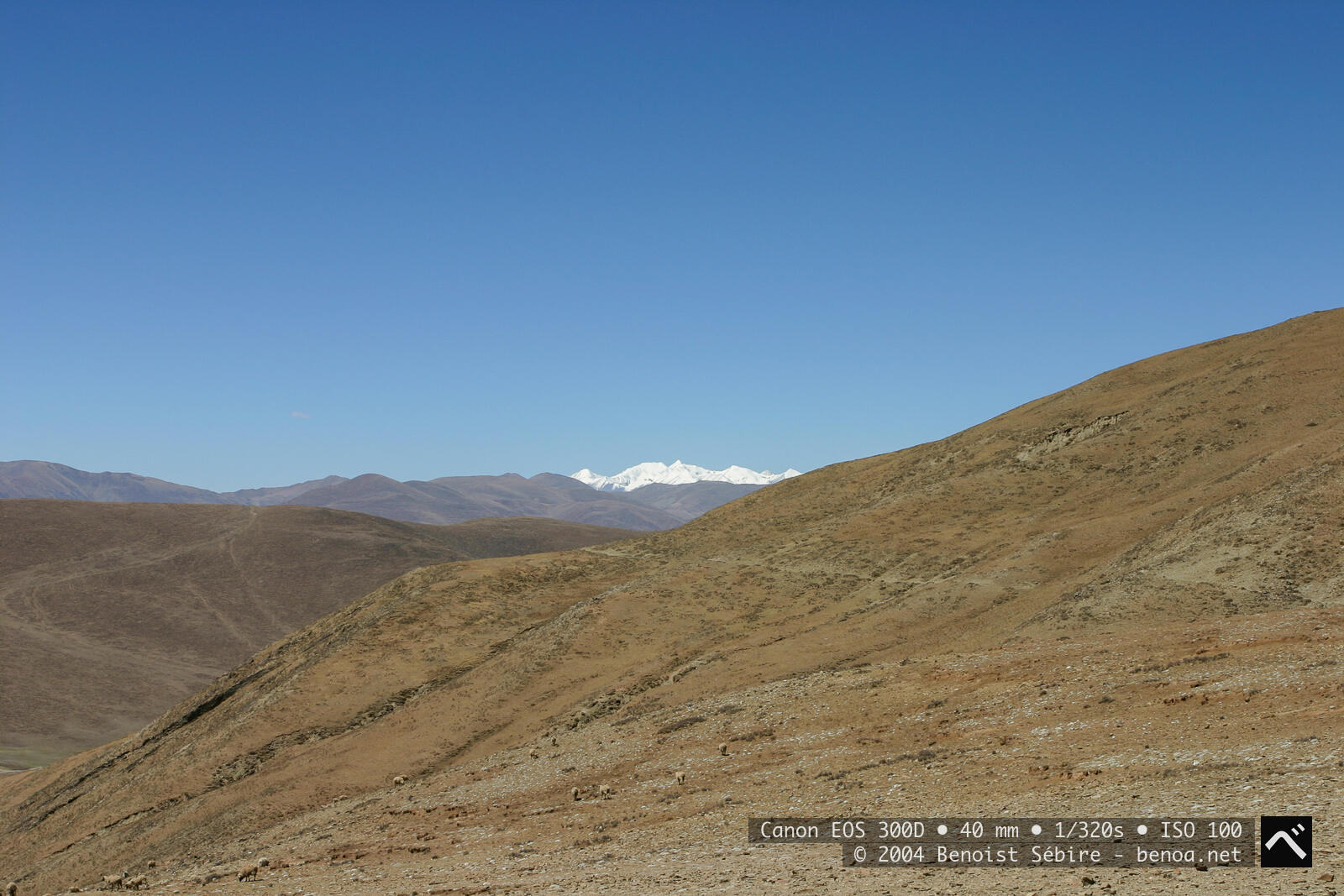
Despite the challenges of altitude, the reward is undeniable. As the bus progresses, the first sight of Yamdrok Lake appears, shimmering in an impossible shade of turquoise, nestled among the rugged mountains. Every turn of the road reveals a grander view, making ride a visual feast.
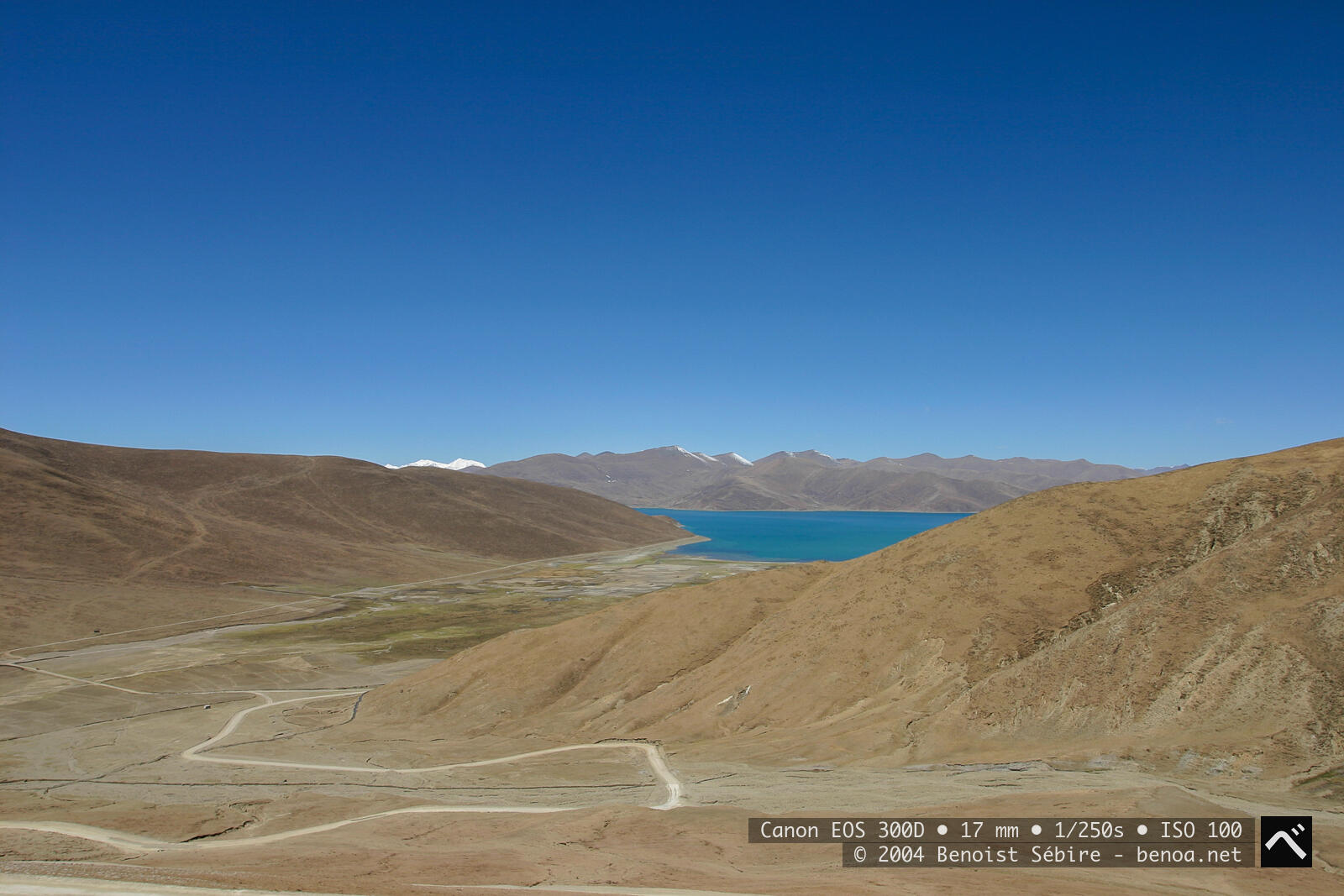
Leaving Kamba La Pass, the descent begins, and almost immediately, the ride takes on a new kind of intensity. If the climb had been a slow and steady ascent into the vast emptiness of the Tibetan plateau, the way down feels more precarious, the road zigzagging sharply along the steep mountainside. The driver navigates each hairpin turn with practiced ease, but from a passenger’s perspective, the narrowness of the road and the sheer drop-offs just beyond the window make for a nerve-wracking ride. The bus tilts slightly with each curve, the tires gripping the gravels as the engine groans against gravity’s pull. Looking out, it’s impossible to ignore the sheer drop into the valley below—hundreds of meters down, where the land rolls out in endless folds of barren brown earth. There are no guardrails in some sections, just the unsettling sight of old skid marks at the edges of the turns, silent reminders that this is a road where mistakes are unforgiving.
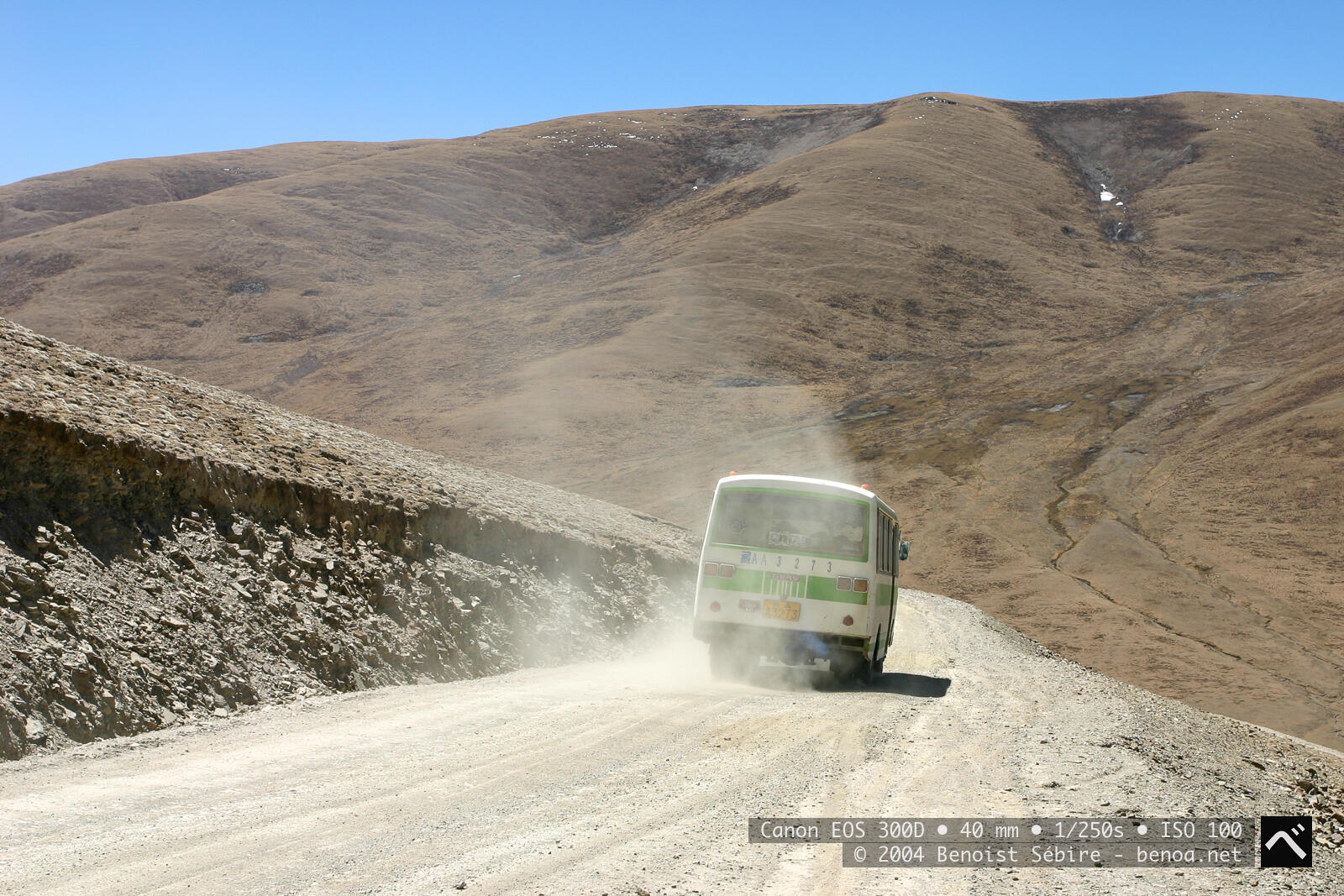
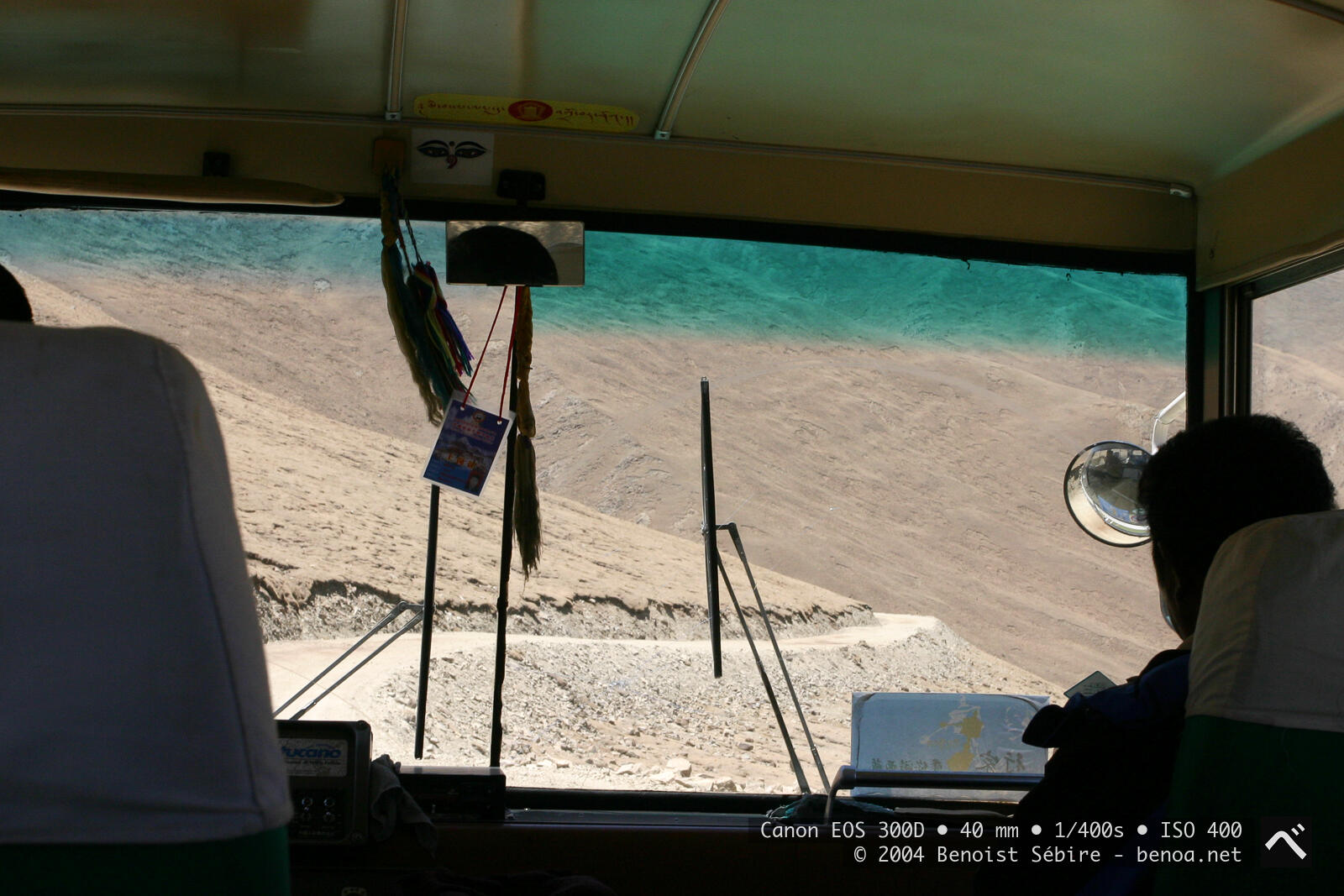
With each passing turn, the altitude drops, and finally, the road begins to level out. The valley floor, which had seemed impossibly far away just moments before, now stretches comfortably ahead. The tension inside the bus eases, conversations start up again, and there’s an almost collective sigh of relief as the landscape widens into something less daunting. The ride had been breathtaking—both literally and figuratively—but stepping off onto solid ground again, we couldn’t help but feel grateful to have made it down in one piece.
